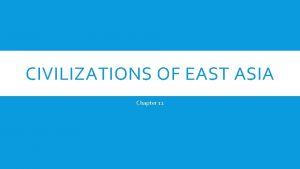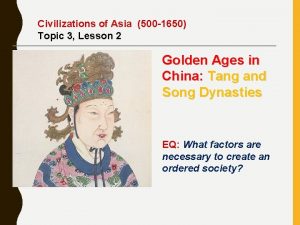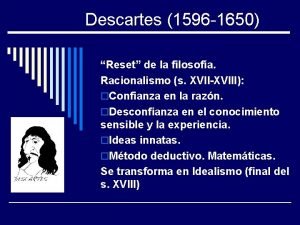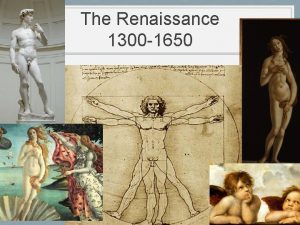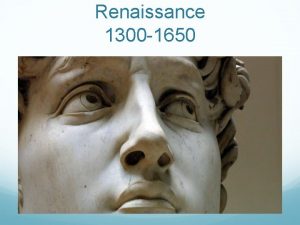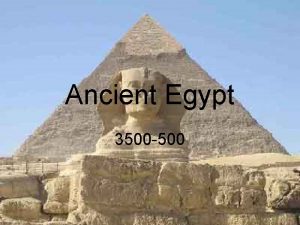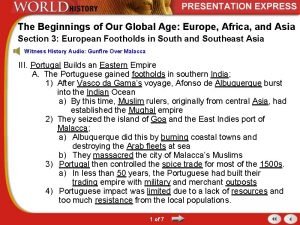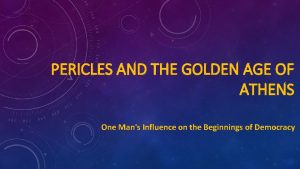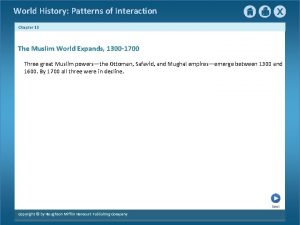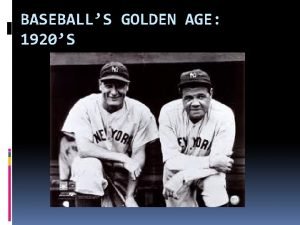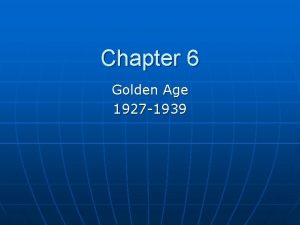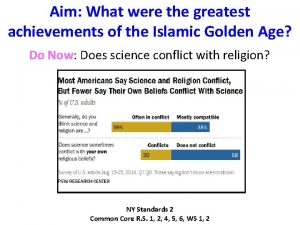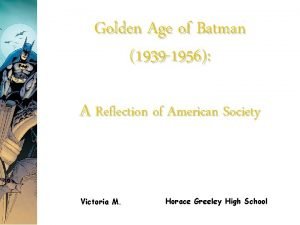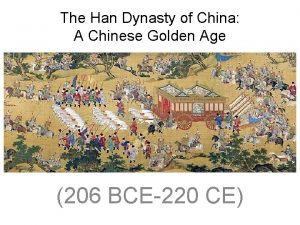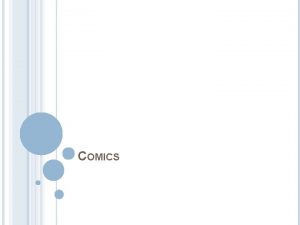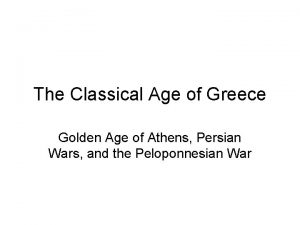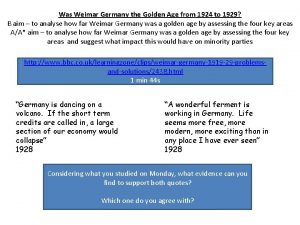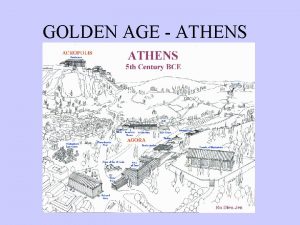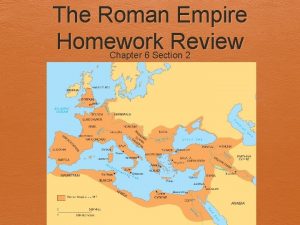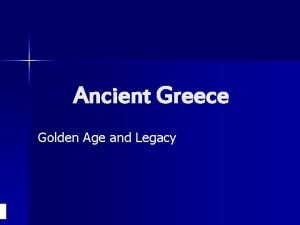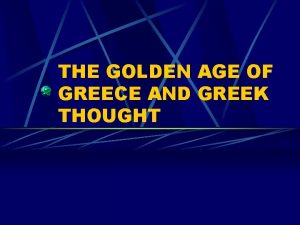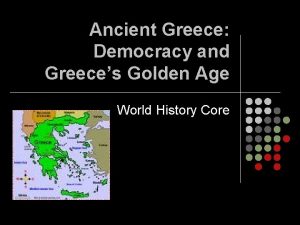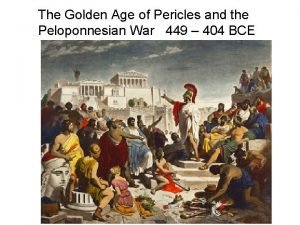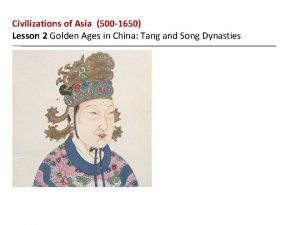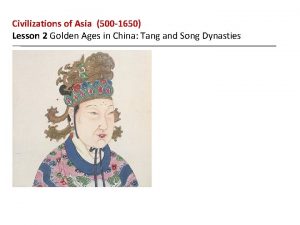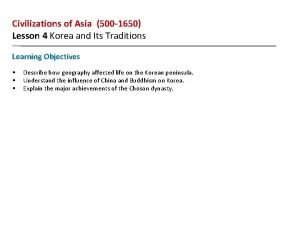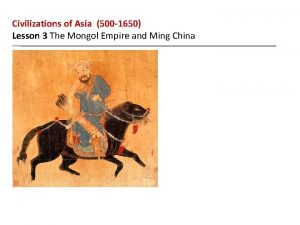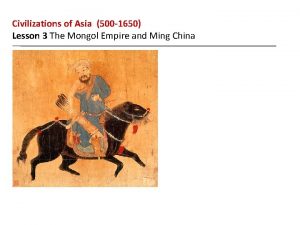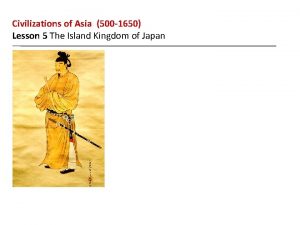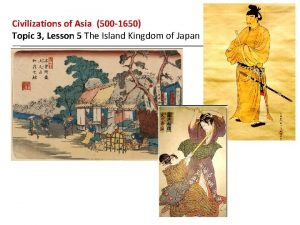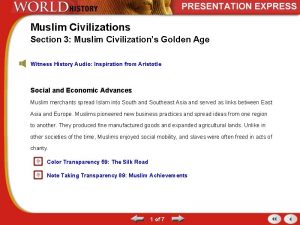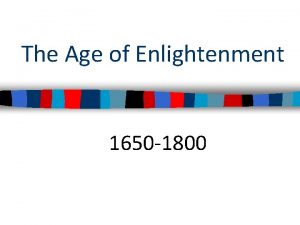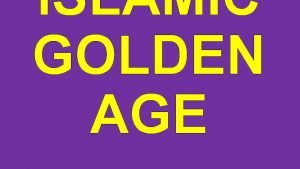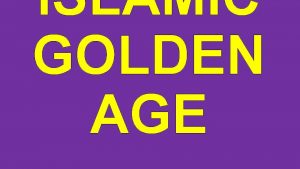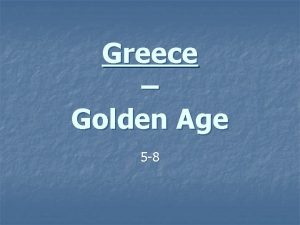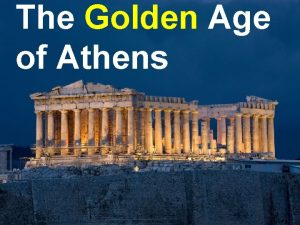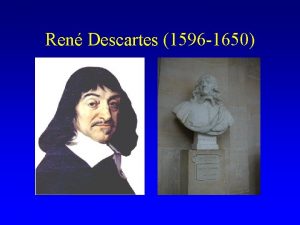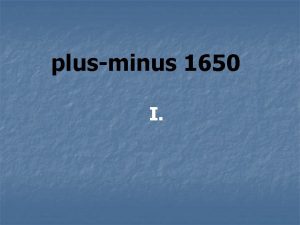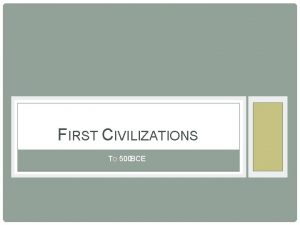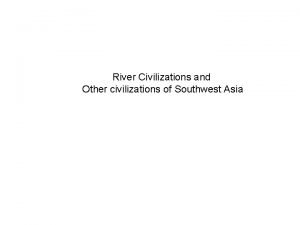Civilizations of Asia 500 1650 Golden age in





























- Slides: 29

Civilizations of Asia 500 - 1650

Golden age in China: Tang and Song Dynasties Lesson 2

Tang Dynasty 618 - 907 -Tang Taizong re-unites China after the fall of the Han Dynasty -Restores Han bureaucratic style of government -Lowered taxes -Took some land from the wealthy & gave to the peasants -Confucian philosophy -New law code -Civil Service System

Tang China • Expands the empire • Creates tributary states • Vietnam, Tibet, and Korea • Trade flourishes along the Grand Canal and Silk Road

Tang Decline • Arabs take most of central Asia • Empire slowly shrinks • Drought • Famine • Corruption & high taxes • Revolts

Song Dynasty 960 - 1279 • Unites China • Creates a smaller empire than Tang • Improved farming methods • Grow 2 crops • Rice • Cash Crop to sell • Creates surplus of food • Creates new technology • New plow • Human-operated water wheel

Major Inventions by the Tang & Song Dynasties • Porcelain • Valuable export • Mechanical clock • Printing • Movable type • Printer could arrange blocks or individual characters in a frame to make up a page for printing • Increased learning • Gunpowder • Paper money • Magnetic compass • Used for navigation • Star maps • Calendars • Open border policy • Brought in more wealth

An Ordered Society • Emperor • Aristocratic families • Gentry • Wealthy landowners • Educated & highly influential • Peasants • Majority • Lived in self-sufficient farming communities • Could raise in society if a son was educated & passed the civil service exam

Chinese Society • Women • Status further declined during Song Dynasties • Dowry goes to husband’s family • Wife moves into husband’s house with his family • Peasant women worked in the fields • Upper class women experienced foot binding • “lily-foot” • Shows sign of wealth

The Rich Culture of Tang & Song China • Art • Balance & harmony • Statues of Buddha • Porcelain • Literature • Poetry • Architecture • Pagoda

The Mongol Empire and Ming China Lesson 3

The Rise of the Mongols • Nomadic people of the Asian Steppe • Skilled horsemen • Developed the stirrup • Discipline, ruthlessness, & courage in battle • Tricked opponents • Raid cities along trade routes • Flexibility of tactics • Composite bows

Mongols • Genghis Khan • Defeated rivals to unify Mongols • Took name Genghis Khan • “universal ruler” of the Mongols Brilliant organizer & strategists in military Used new weapons & technologies Used terror tactics 1221 – Central Asia was controlled by the Mongols • Conquered people had to pay tribute to the Mongols • •

The Mongol Empire • 1227 • Genghis Khan died from illness • His successors continued to expand the empire • • Divides territory into four large khanates (region) Controlled China to Poland Largest unified land empire in history Many areas invaded by Mongols never recovered • Populations wiped out • Destroyed ancient irrigation systems • Like in Mesopotamia

Mongol Peace – Pax Mongolica • Mid-1200’s through mid-1300’s • Over time, Mongol rulers adopted cultures • Islam was found in Russia & Persia • Mongols imposed stability & law across Eurasia • Guaranteed safe passage of trade caravans, travelers, & missionaries across the empire • Trade increased heavily • Ideas & inventions spread

Khanates • 1260 – empire divided into 4 khanates • Each ruled by a descendant of Genghis Khan • Khanate of the Great Khan • Mongolia & China • Khanate of Chagatai • Central Asia • Ilkhanate • Persia • Khanate of the Golden Horde • Russia

Mongol Rule in China • 1279 – Kublai Khan conquered China • Set up a new dynasty • Yuan Dynasty (1279 -1368) • United all of China • Opened China to greater trade • With Muslims from India, Central Asia, & Persia • Tolerated Chinese culture

Marco Polo • Marco Polo • Venetian trader • Served the Great Khan (Kublai Khan) for 17 years • • Government missions in various Chinese cities Experienced trader/merchant Spoke several languages Foreigner to China • • He was captured & imprisoned He told his stories of his adventures with the Mongols & Chinese He died in prison in 1324 Another prisoner collected his stories & was a success in Europe • 1292 – went back to Venice which was at war with Genoa (rival city) • Europeans didn’t believe the stories • Thought they were tall tales

The End of Mongol Rule • Kublai Khan died at age 80 in 1294 • Yuan Dynasty lasted for 74 more years, but had many problems • Rebellions broke out because: • • • Chinese resented Mongol rulers Famine Flood Disease Economic problems Corrupt government

The End of Mongol Rule • 1368 – Chinese overthrew Mongols in China & founded the Ming Dynasty • Most Mongols went back to the Mongolian Steppe • Some stayed & were valued for their skills in cavalry • Ilkhanate in Persia fell apart in the 1330’s • Chagatai Khans in Central Asia fell in the 1370’s • Golden Horde in Russia lasted until 1480

Impact of the Mongols • Conquered a larger area than the Romans • Fierce reputation • Pax Mongolica • Trade increased throughout Asia, Africa, and Europe • Government style • Centralized power • Fighting technique ends the medieval knight • Mongols used speed and surprise • Cannons & gunpowder ended walled cities/fortresses • Fashion • Men started wearing Mongol-style pants and jacket combination instead of tunics and robes

Ming Dynasty 1368 - 1644 • Hongwu • • • Commander of rebel army that drove the Mongols out of China First emperor of the Ming Dynasty Restored Chinese rule Confucian learning Civil service system • Art and trade flourished again • Detective stories became popular

Voyages of Zheng He • Yonglo • Hongwu’s son • Continued to strengthen the Ming Dynasty • Wanted to make contacts with other kingdoms to establish strong trade relations & wealth for China • Zheng He • Led 7 expeditions to establish contacts • Ships were called junks • Ships carried silk, metals, & other valuable goods as gifts for distant rulers

The island kingdom of Japan Lesson 5

Yamato Clan 500 - present • 1 st and only dynasty • Emperor today traces his roots to Yumato Clan • Started on island on Honshu • Shinto • “way of the kami” • Kami = superior powers that were natural or divine beings • Worship of the forces of nature

Influences from China and Korea • Korea and Japan contacts through trade, missionaries, and war • Artisans & metalworkers • Buddhism • Chinese Writing • Young nobles sent to study in China during Tang Dynasty • • Bureaucratic government & absolute power for the emperor Law code Fashion Food & Dishes • Tea • Music & Dances • Pagoda Architecture • Confucian Philosophy

Japanese Feudalism • Civil Wars led to feudalism • Kamakura Shogunate • 1185 -1333 • Emperor • Held highest rank in society but had no political power • Shogun • • Actual ruler General of emperor’s army • Daimyo • Large landowners • Samurai • • • Warriors Loyal to their Daimyo & Shogun Betray the bushido & commit seppuku • suicide • Artisans • Craftspeople (artists & blacksmiths) • Peasants • Four-fifths of the population • Merchants • Low status during closed country policy, but gradually gained influence later

Samurai vs. Knight Samurai Knight • Follows bushido code • Follows code of chivalry • Fight for lord in exchange for land • Regard women as weak creatures to be idolized and defended • Wears chain mail and plate armor • Uses broadsword and lance • “way of the warrior” • Fight for lord in exchange for an allowance • Expect women to live up to same values of honor and courage • Wears iron and leather armor • Uses sword, bows & arrows

Tokugawa Shogunate • 1603 -1868 • Created centralized feudalism • Daimyo became under shogun • Had to live in capital city every other year • Wife & kids lived in the capital city all the time • Couldn’t marry without the shogun’s permission • Only samurai could serve in the military
 Guided reading activity civilizations of east asia
Guided reading activity civilizations of east asia Topic 3 review questions civilizations of asia answers
Topic 3 review questions civilizations of asia answers Descartes 1596 à 1650
Descartes 1596 à 1650 Borgias and medicis
Borgias and medicis Renaissance timeline 1300 to 1650
Renaissance timeline 1300 to 1650 Iron age dates
Iron age dates Iron age bronze age stone age timeline
Iron age bronze age stone age timeline 3500 500
3500 500 Mona lisa golden ratio
Mona lisa golden ratio Modified fibonacci sequence
Modified fibonacci sequence European footholds in the eastern hemisphere
European footholds in the eastern hemisphere During the golden age of athens, male citizens
During the golden age of athens, male citizens World history patterns of interaction
World history patterns of interaction Baseball's golden age
Baseball's golden age Golden age of aviation 1927-1939
Golden age of aviation 1927-1939 Roman empire greatest achievements
Roman empire greatest achievements Why were the tang and song dynasties golden ages
Why were the tang and song dynasties golden ages The golden age (1939-1956)
The golden age (1939-1956) Han dynasty golden age
Han dynasty golden age The golden age of comics graphic organizer
The golden age of comics graphic organizer Golden age of greece
Golden age of greece Weimar golden age
Weimar golden age Golden age of hollywood 1930s
Golden age of hollywood 1930s During the golden age of athens, a tribute was
During the golden age of athens, a tribute was Golden age of the roman empire
Golden age of the roman empire Golden age greek mythology
Golden age greek mythology Dynastys of china
Dynastys of china Greek golden age
Greek golden age Greeces golden age
Greeces golden age Golden age of pericles
Golden age of pericles
